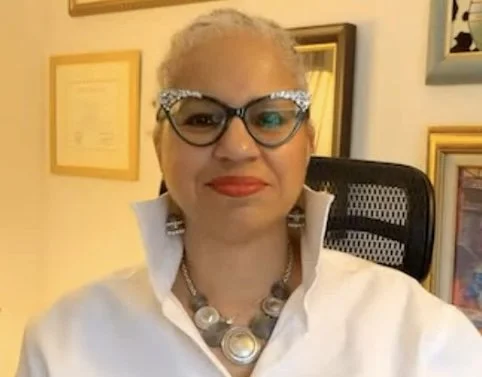The Whole Child 5™
Alicia S. Monroe, Ed.D.
“We are humans, Serving humans, To be better humans.”
©2025, Alicia S. Monroe, Ed.D. All Rights Reserved.
What is the Whole Child Approach?
The Whole Child approach is a pathway to sustainable school improvement. Research reveals that students are best positioned for long-term academic and social success when their needs are met. By creating a culture and climate where students are healthy, safe, engaged, supported, and challenged, schools provide an educational experience grounded in a holistic culture of wellness, belonging, and achievement. Accordingly, the Whole Child approach is structured around the Whole Child framework, which situates every student and their learning needs at the center of every educational decision. As the Whole Child approach strengthens school and classroom strategies to meet students’ needs, the Whole Child framework identifies and consolidates current school initiatives that require greater student support.
Educating Through the Whole Child Lens
To truly meet the goals of the Whole Child framework, schools must move beyond a narrow focus on academic achievement and intentionally nurture the overall well-being of every student. This requires prioritizing each learner’s mental, emotional, and physical dimensions, ensuring that their needs are acknowledged and met
The Whole Child approach is anchored in five guiding questions—known as The Whole Child 5—which prompt educators to critically examine both individual and collective perspectives on what it means to educate every student. Through personal growth and collaborative reflection, educators can deepen their understanding of each learner, creating a system where all students are positioned to realize their fullest potential.
The Whole Child 5
Who am I? – Explore personal identity, culture, background, norms, and beliefs.
Who are we? – Define the collective identity of the school or district through its mission, vision, guiding principles, core values, symbols, and traditions.
Who do you serve? – Understand the demographic profile of students and educators, including shifts in the community over time, while recognizing and valuing personal identities represented in the learning environment.
How do you serve them? – Evaluate curricula, instructional practices, student supports, daily lessons, and engagement strategies to ensure alignment with student needs.
How do you know you are serving them well? – Assess whether curricula, programs, extracurriculars, and supports are relevant, equitable, and responsive to the developmental and human needs of both students and educators.
Building a Whole Child learning community requires educators to actively confront and challenge entrenched paradigms and assumptions about the “greater good.” Disrupting personal worldviews and collective beliefs is not optional but necessary to cultivate an educational culture where every learner is seen, valued, and supported in their right to education.
*Coming soon* A sneak peek…
Excerpt from Whole Child, Whole Student, Whole Educator: Centering Humanity in Schools. Author- Alicia S. Monroe, Ed.D. Publisher- ASCD (anticipated 2026).

